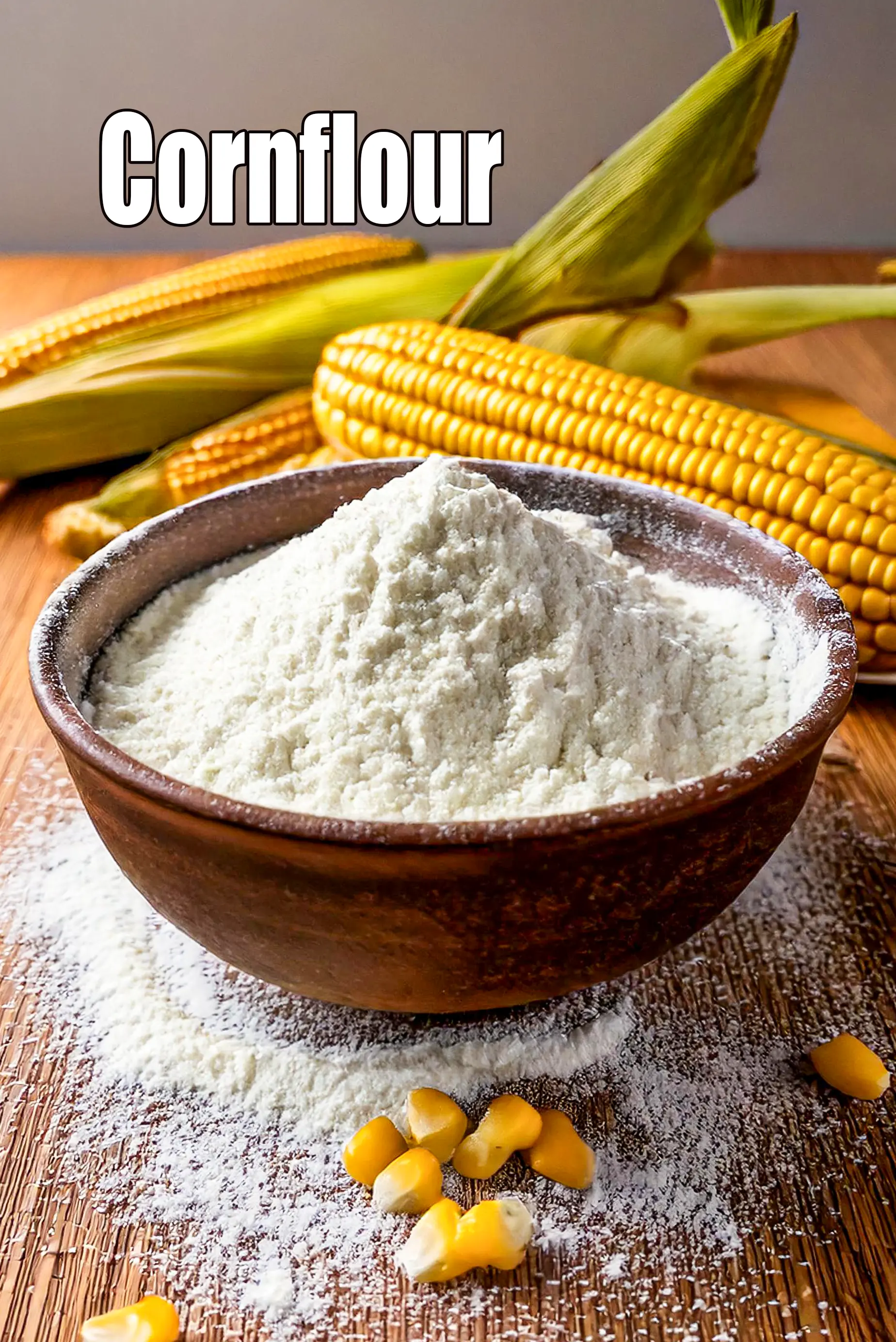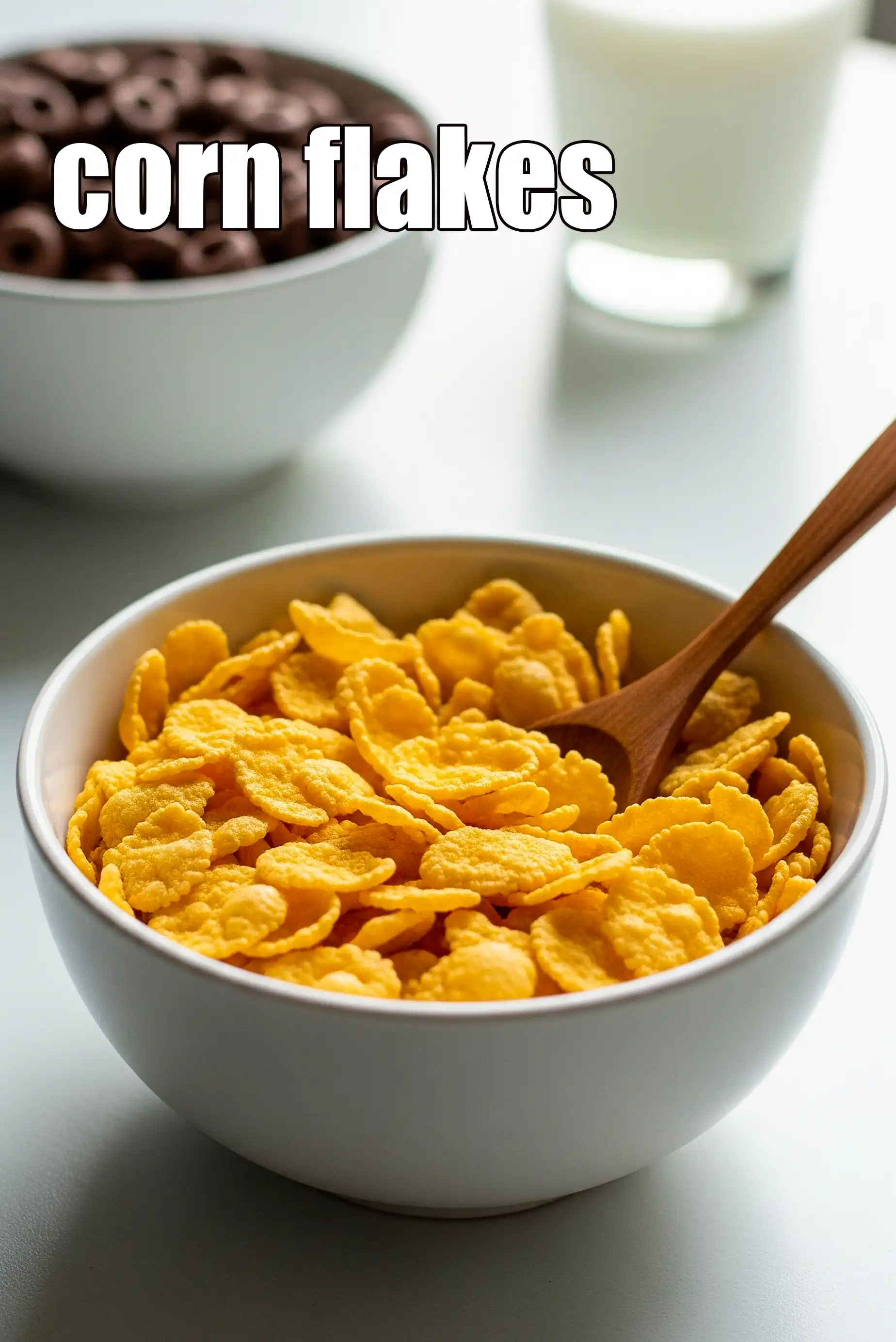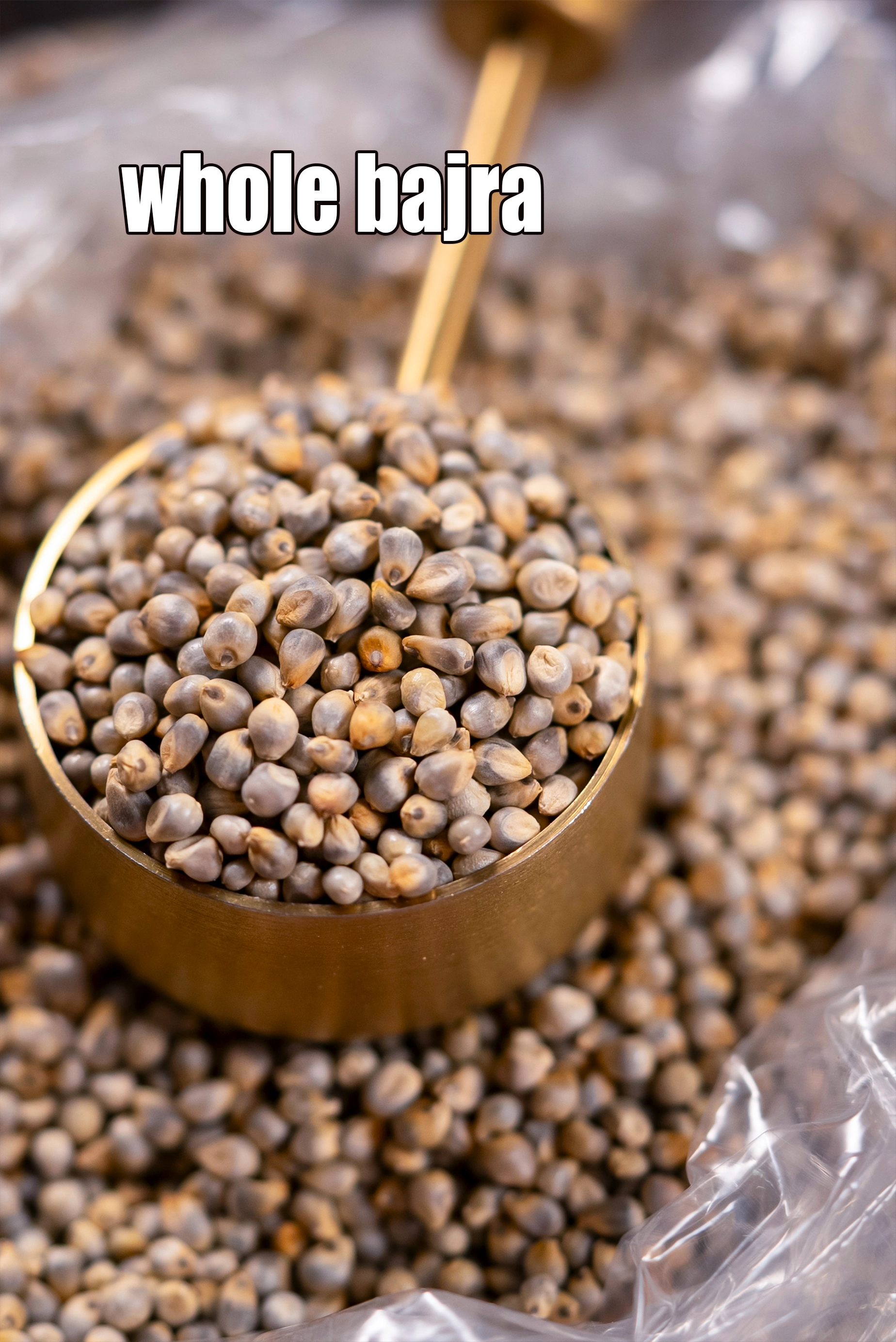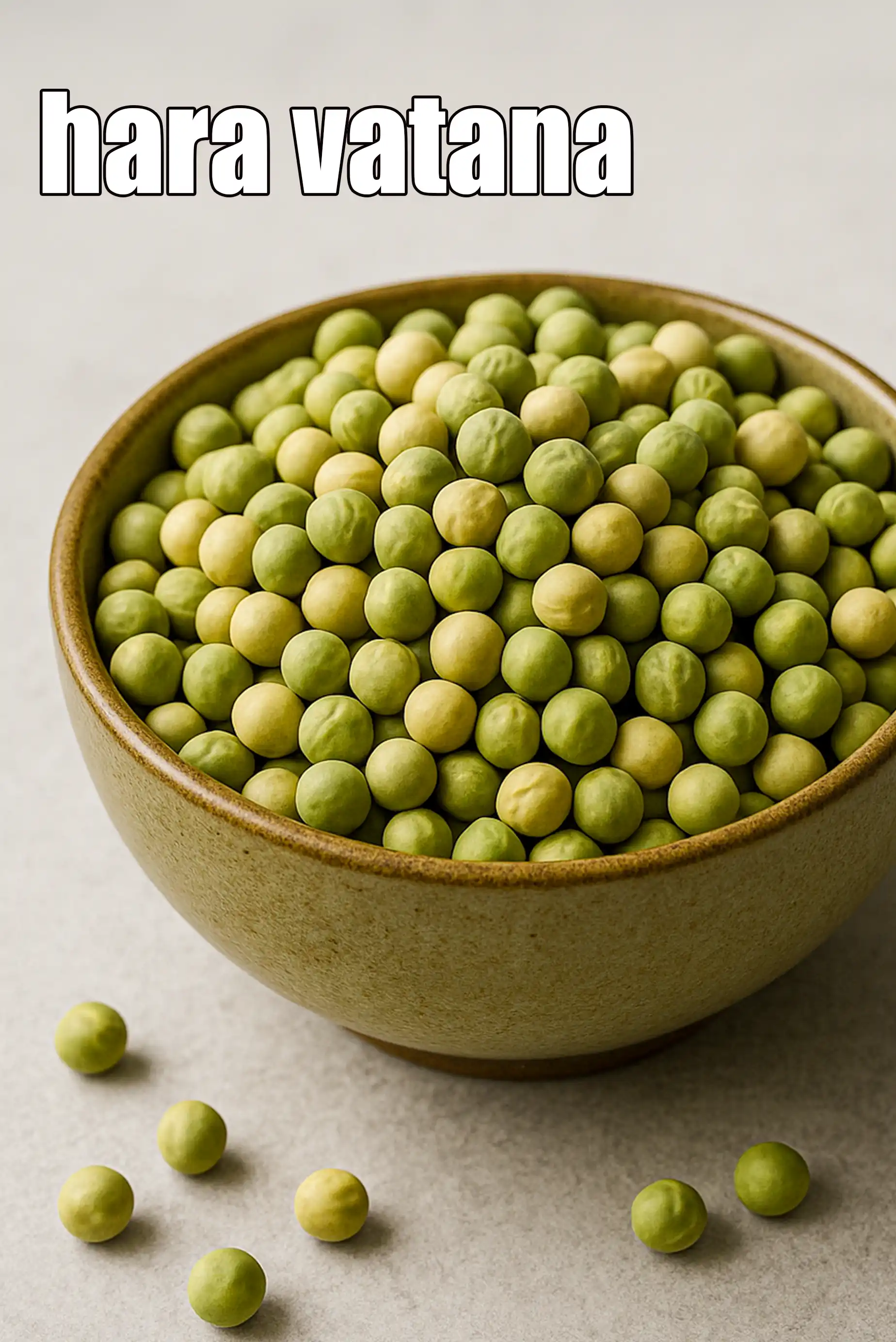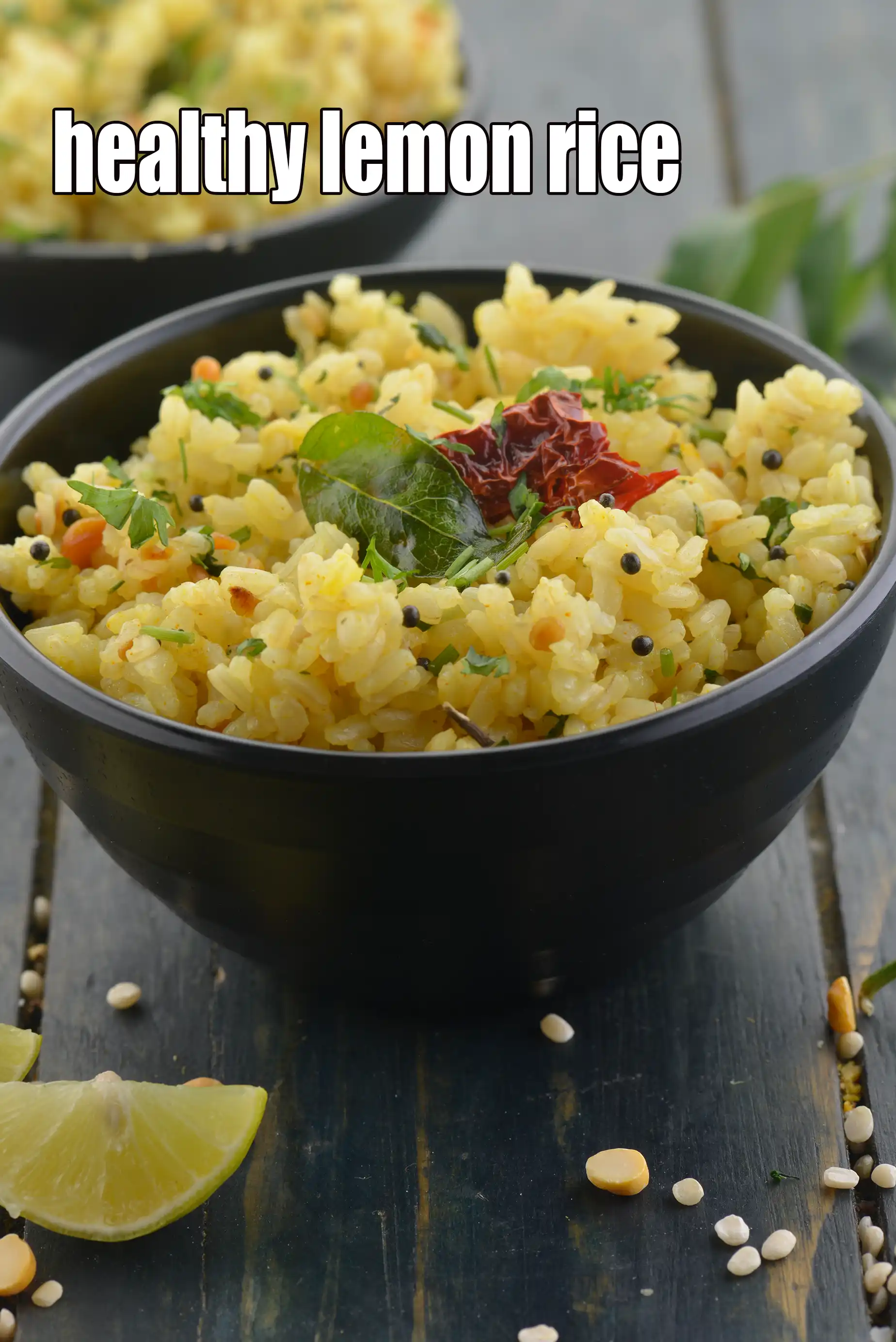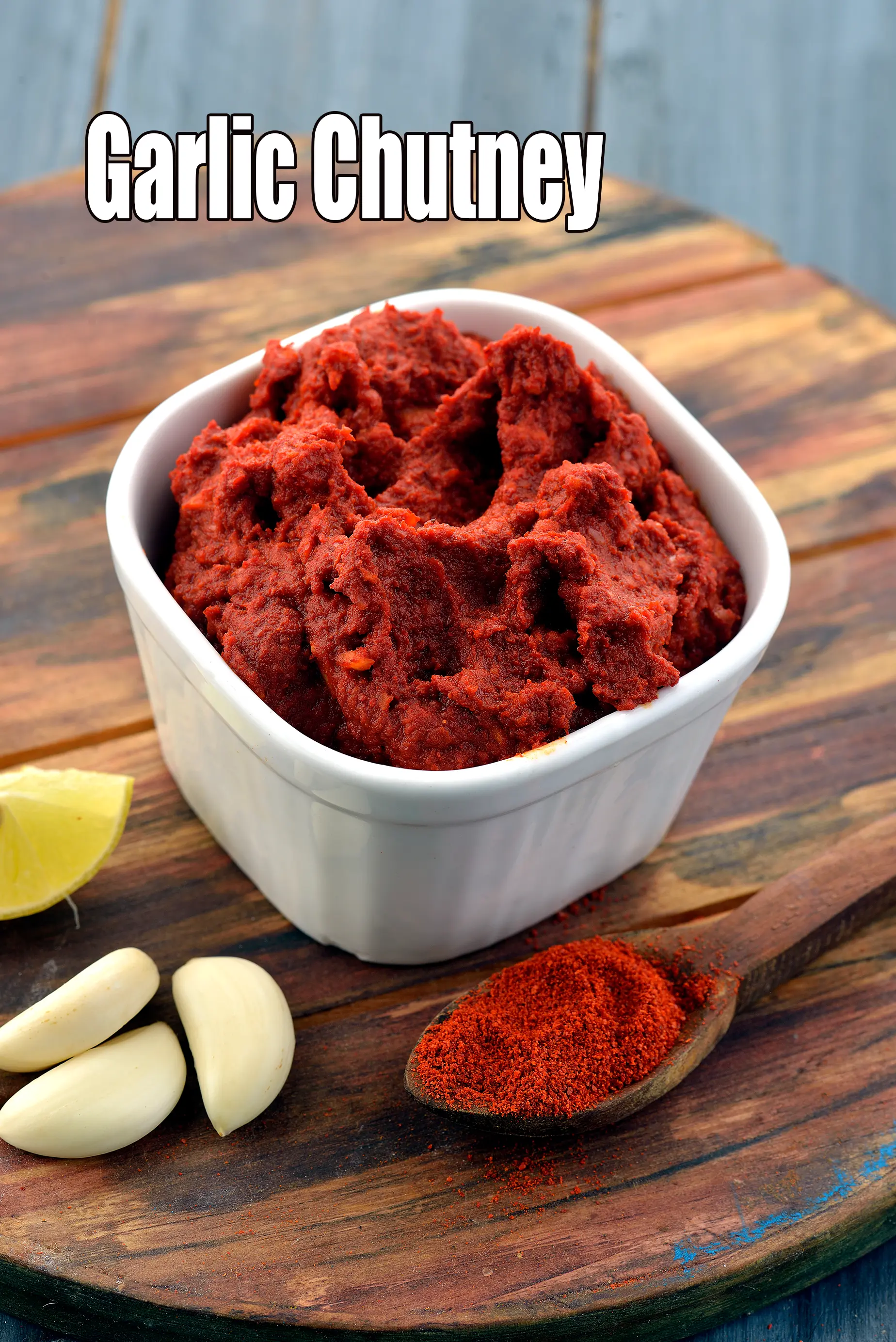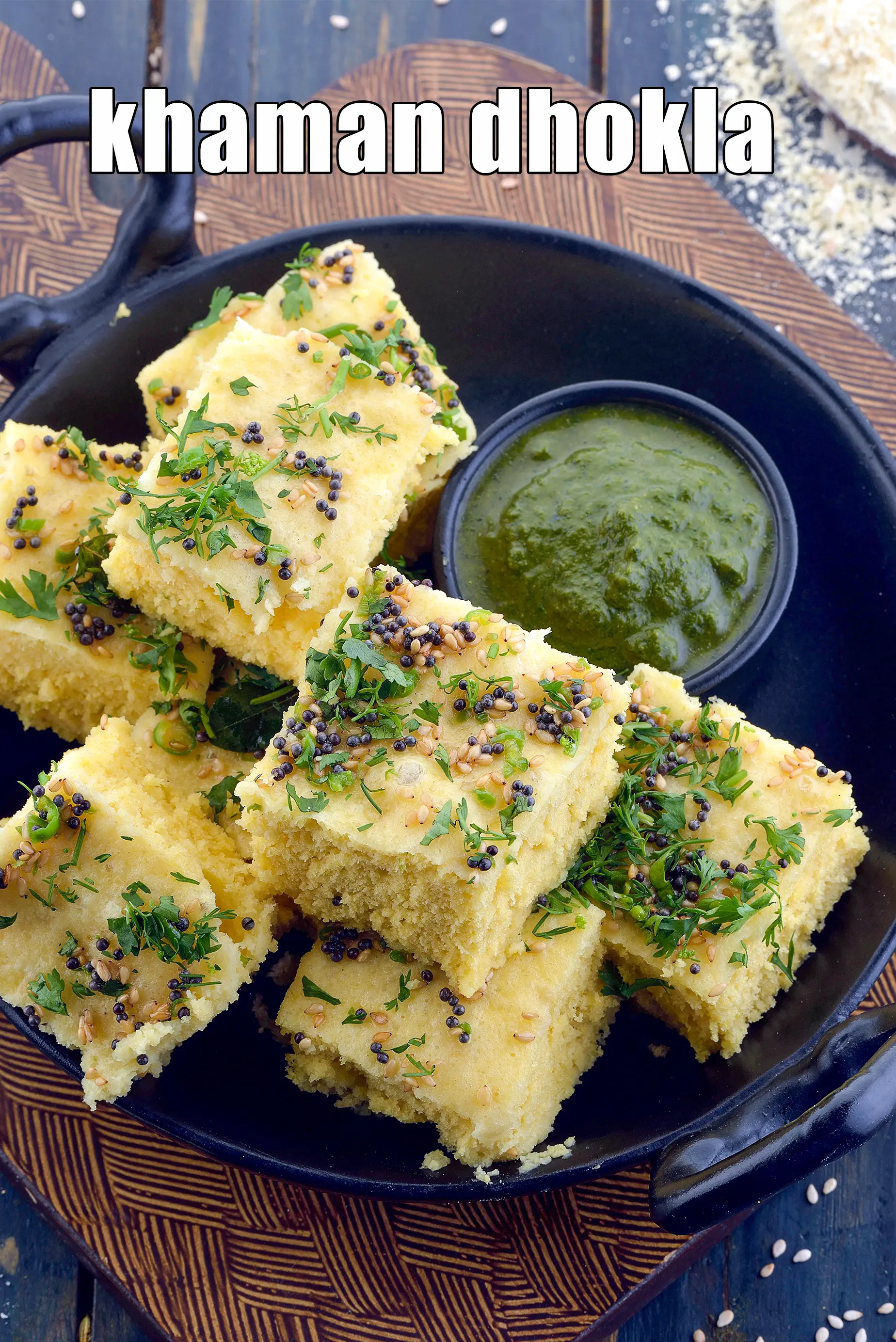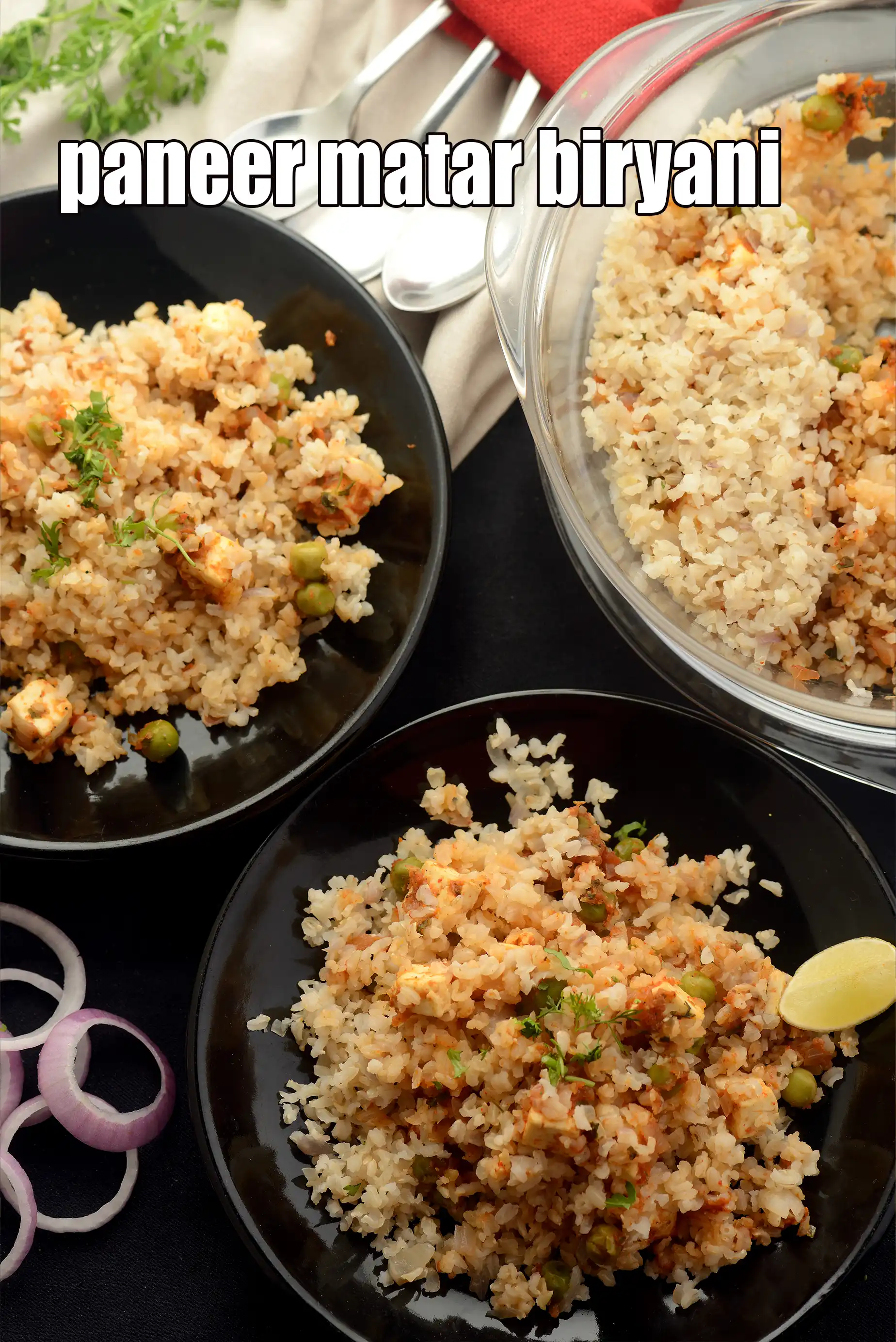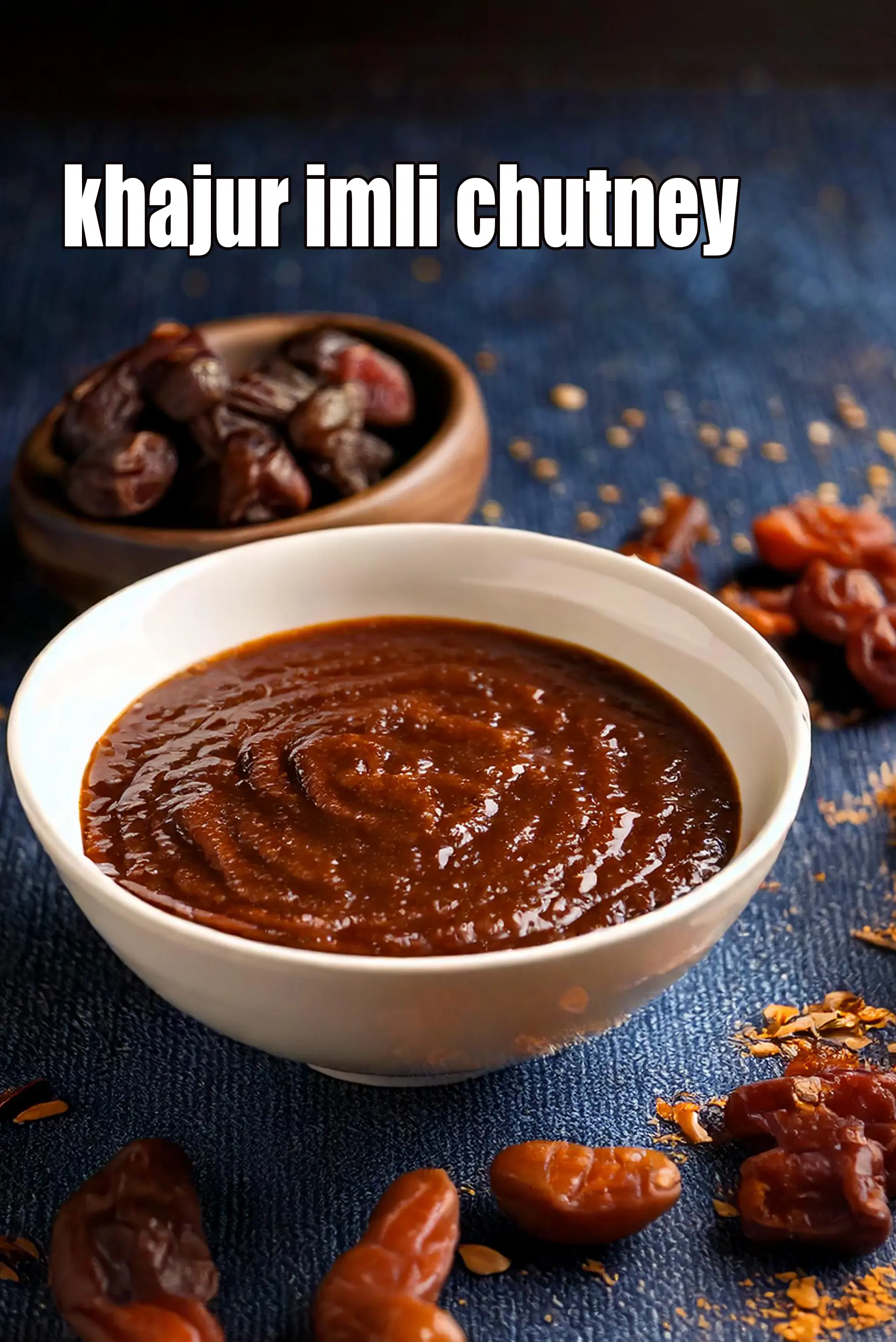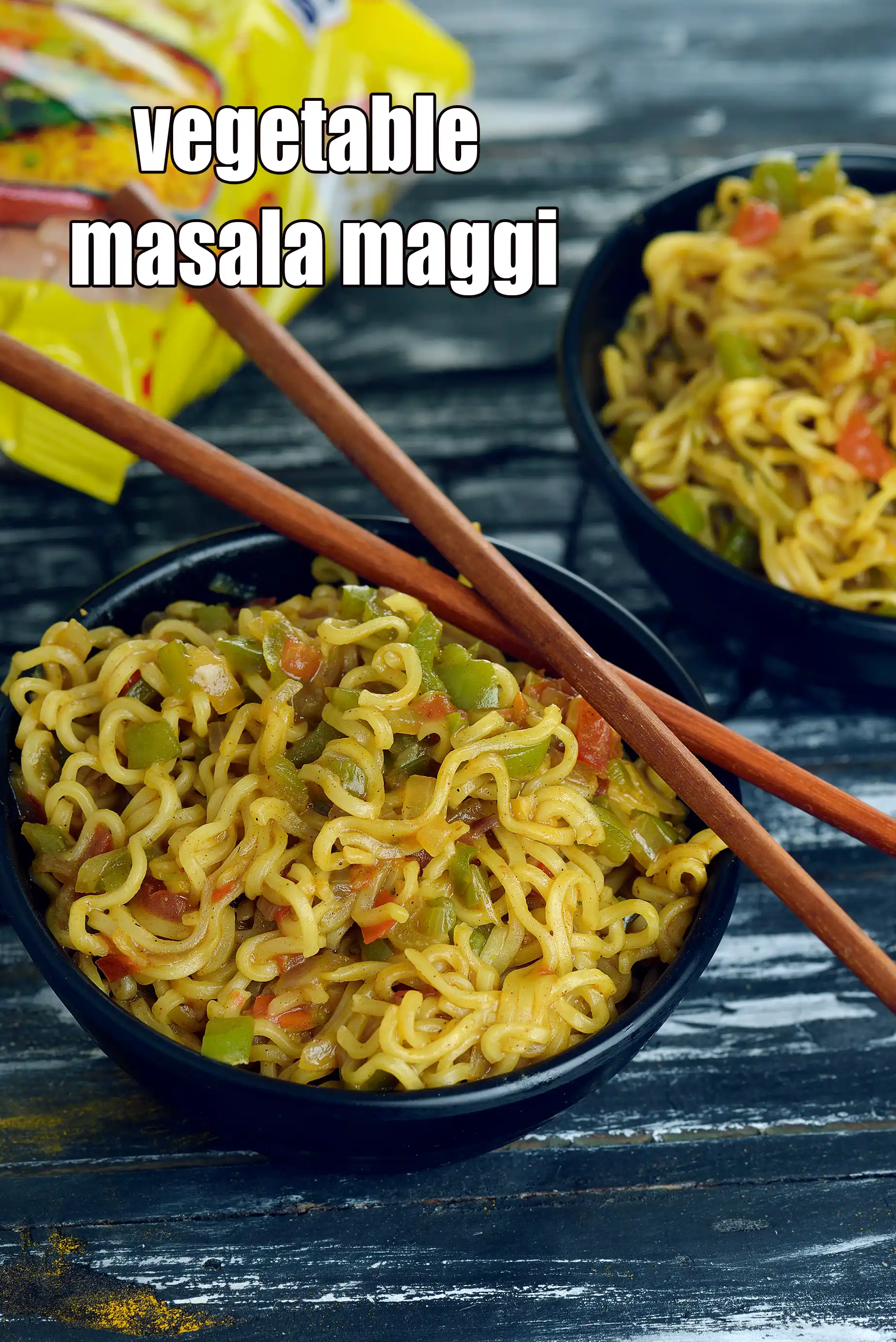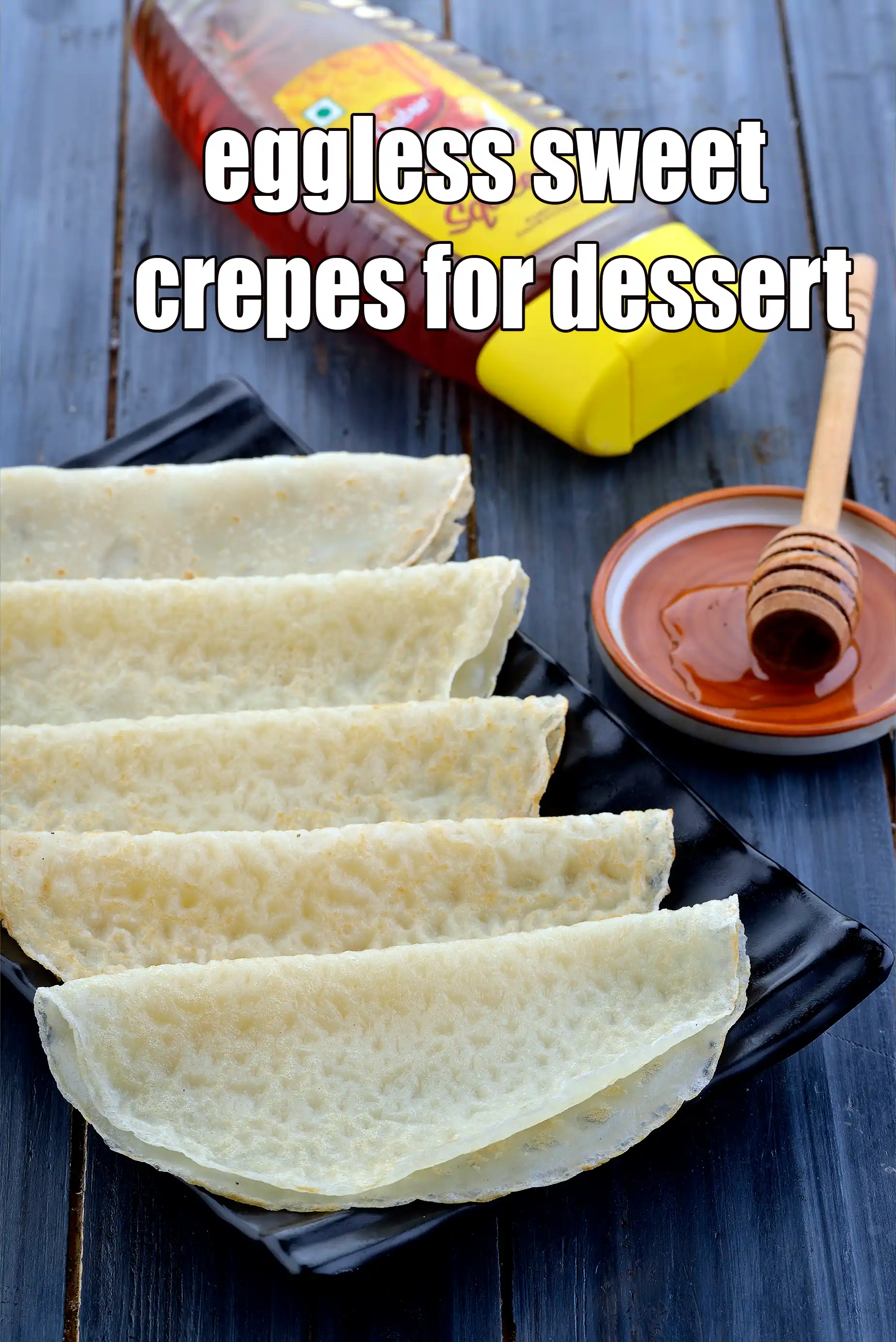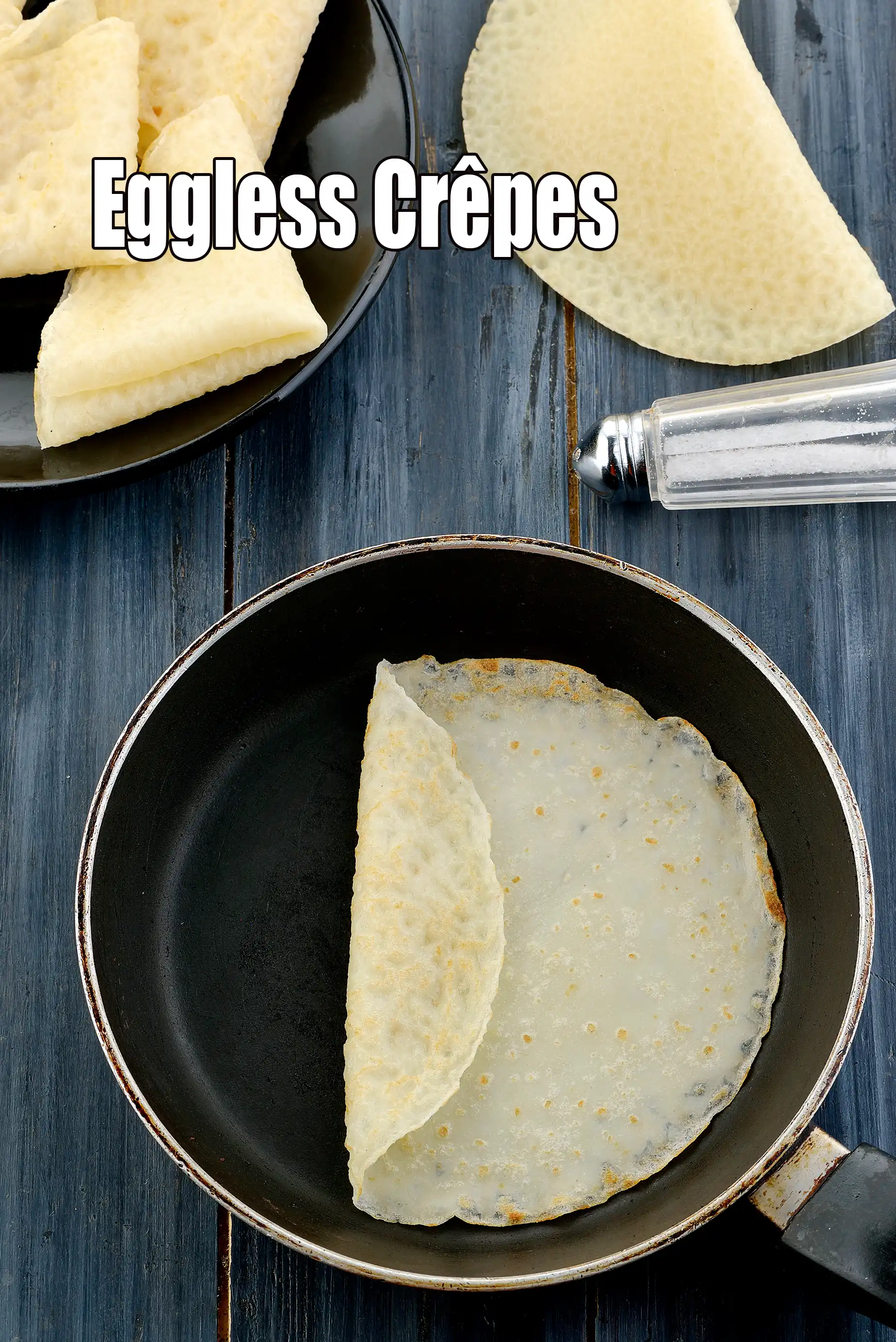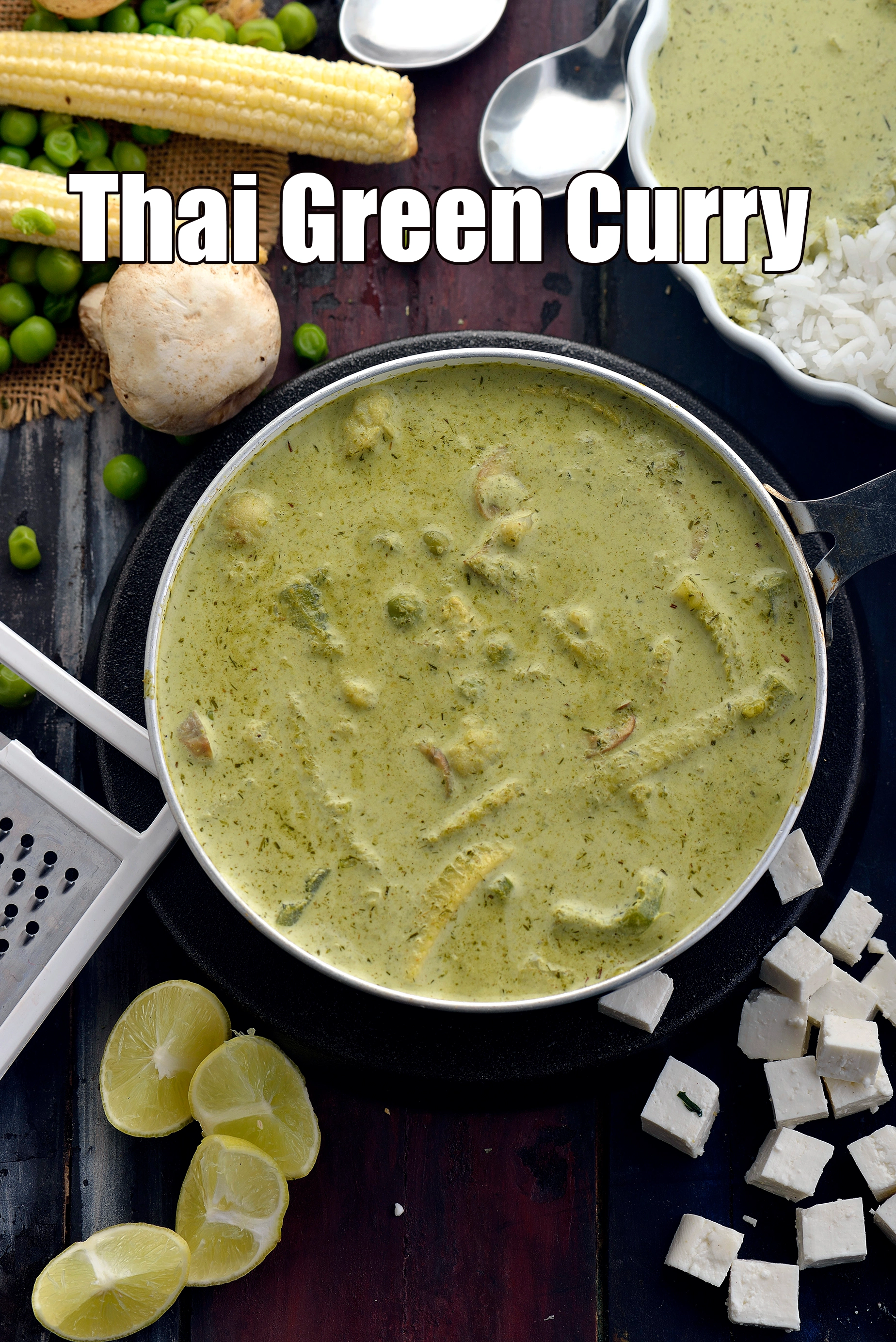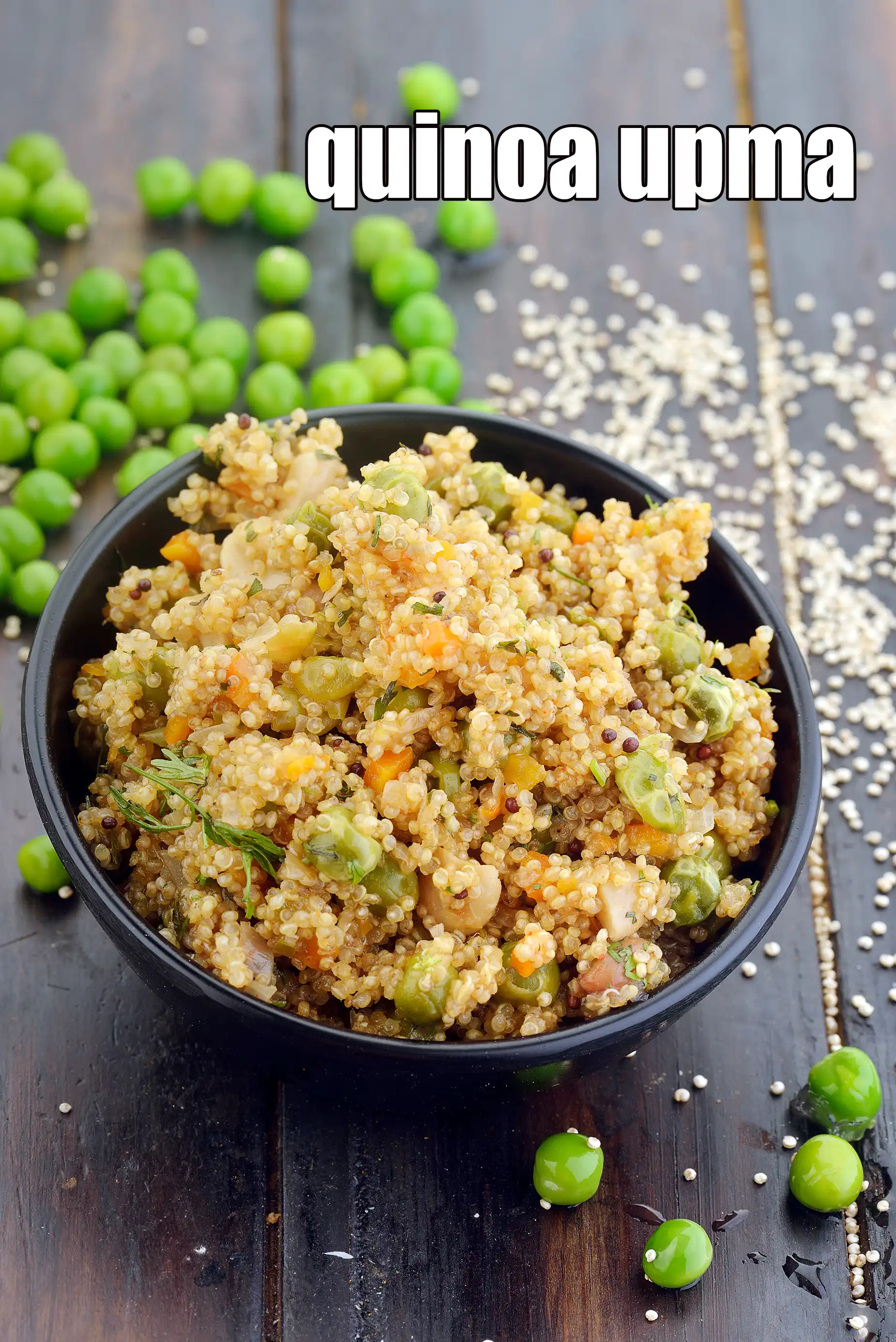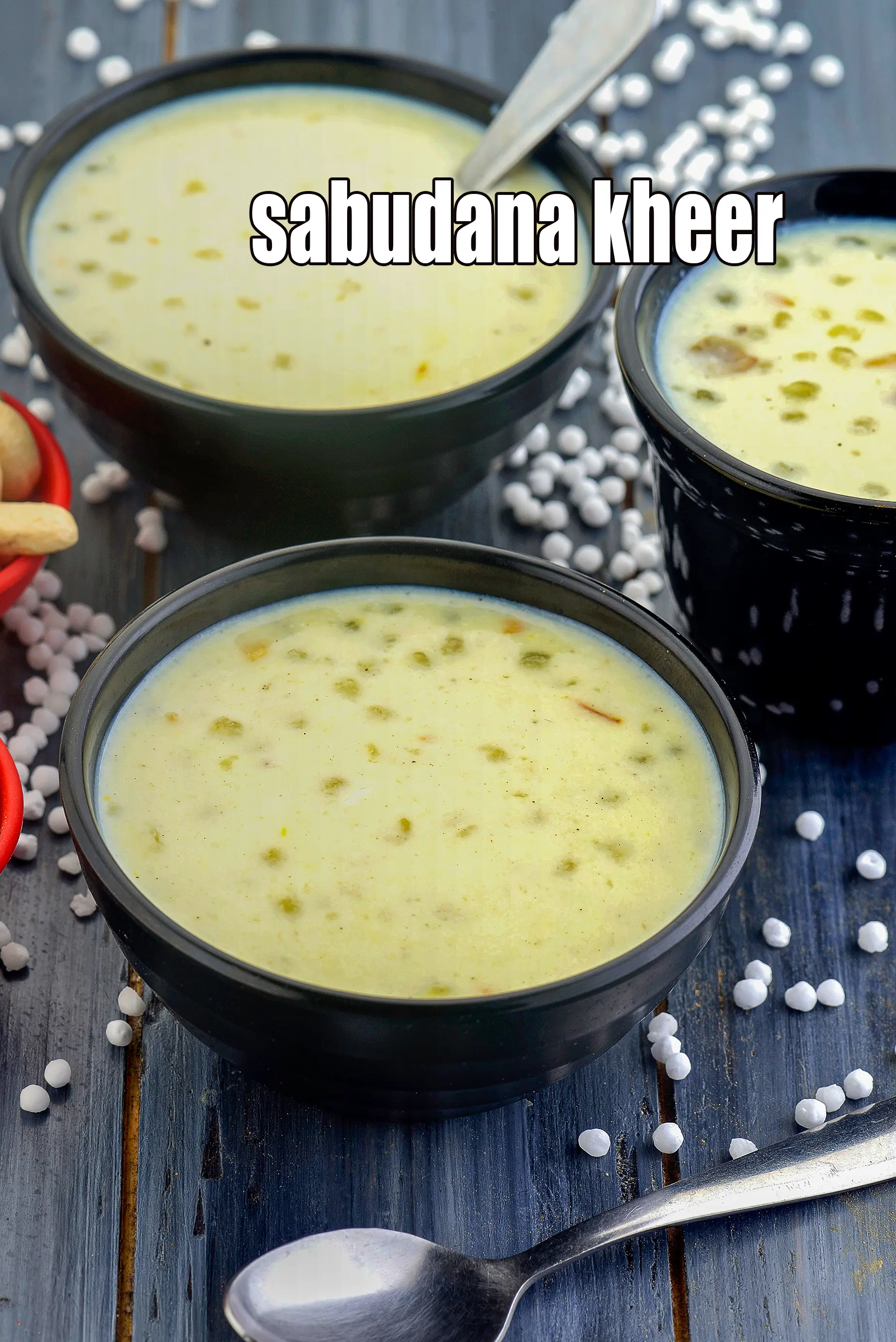yellow moong dal
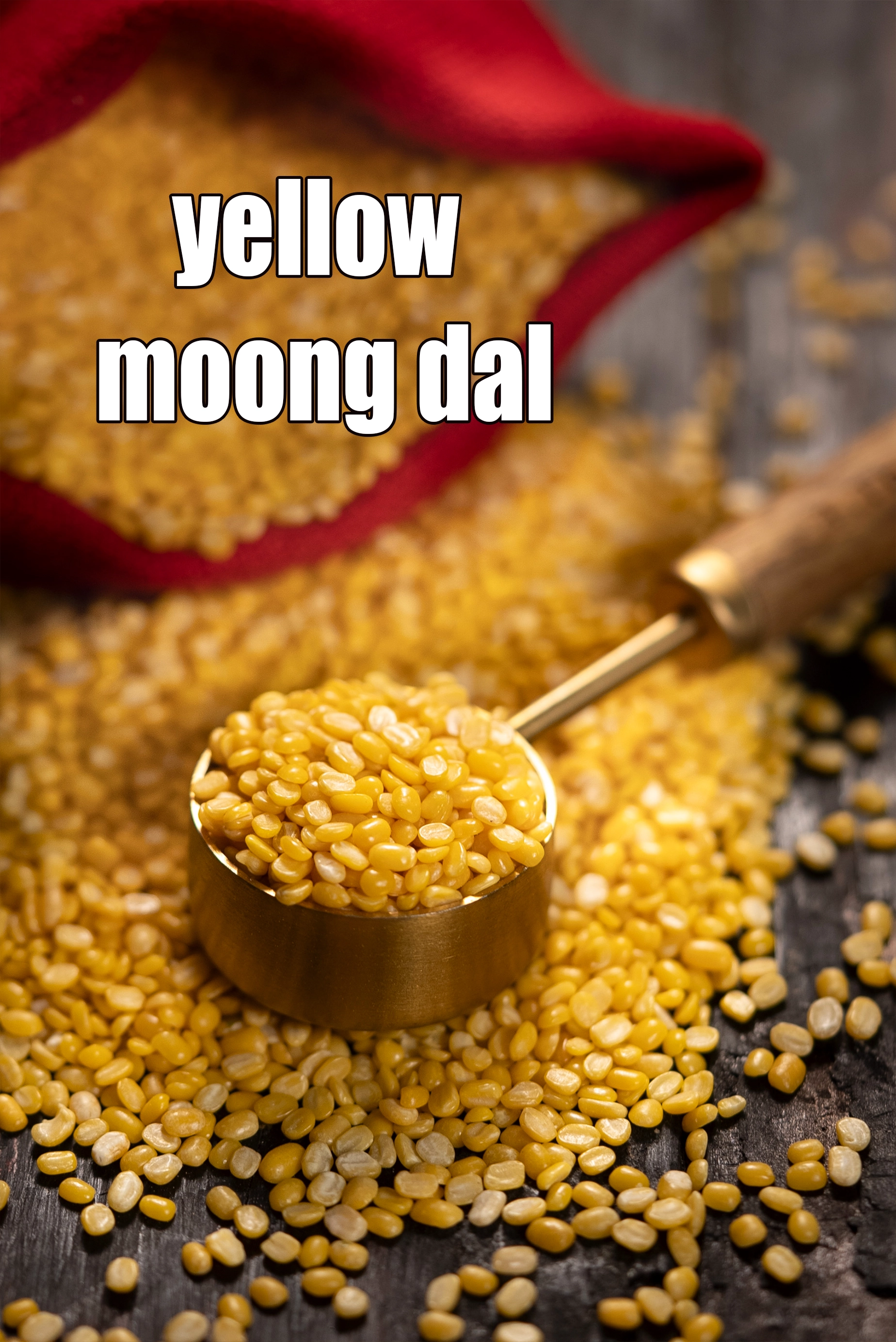
Table of Content
What is Yellow Moong Dal?
Yellow moong dal, also known as split yellow lentils or petite yellow dal, is a type of lentil that is widely used in Indian cuisine. It is derived from whole green mung beans that have been hulled (skin removed) and split into halves. This process results in a lentil that is pale yellow in color, smaller and flatter than whole mung beans, and notably quicker to cook. Its mild, slightly sweet flavor makes it a versatile ingredient that readily absorbs the flavors of spices and other components in a dish.
Nutritionally, yellow moong dal is a significant source of plant-based protein and dietary fiber, contributing to feelings of fullness and supporting digestive health. It is also a good source of essential minerals like iron, potassium, and magnesium, as well as B vitamins, particularly folate. Compared to whole green mung beans, the yellow dal has a slightly lower fiber content due to the removal of the husk, but it remains a highly nutritious food choice. Its relatively low carbohydrate content and low glycemic index make it a beneficial inclusion in diets aimed at managing blood sugar levels.
In Indian cooking, yellow moong dal is a staple ingredient used in a wide array of dishes. It is the primary lentil in the comforting and easily digestible dish called "moong dal," which can be prepared in various ways, from a simple, soupy consistency to a thicker, spiced preparation. It is also a key component of khichdi and dal. Beyond these, yellow moong dal can be used in soups, stews, and even sweet preparations like "moong dal halwa," showcasing its adaptability in both savory and sweet culinary applications.
How to select Yellow Moong Dal
• Moong dal is easily available in grocery stores, pre-packaged as well as in bulk containers.
• If purchasing in a packaged container, check to see if there is a "use-by" date on the package.
• Just as with any other food that you may purchase in the bulk section, make sure that the bins containing the moong dal are covered and that the store has a good product turnover so as to ensure its maximal freshness.
• Whether purchasing moong dal in bulk or in a packaged container, make sure that there is no evidence of moisture.
8 Uses of Yellow Moong Dal
1. First and foremost, yellow moong is used to make dals, like any other pulse. Whether it is pressure cooked or heated normally over the flame, whether spicy or mild, all and any type of dals can be made with yellow moong, one of the most famous being Dal fry.
2. Yellow Moong is not known for holding its shape and because of that it can easily be used for soups as well. Even though that is unheard of, yellow moong dal makes for great soups like Moong Dal and Spinach soup.
3. Moong dal is also used to make pureed preparations or mashes like Khichdi and Gujarati snack like Moong Dal Khichu. All these recipes are mixed with rice and flour and transformed into gorgeous dishes.
bajra khichdi recipe | Rajasthani bajra khichdi | healthy black millet Indian khichdi | One serving of bajra khichdi delivers 30% folic acid, 20% vitamin B1, 21% protein, 17% iron, magnesium 21%, 18% zinc, 23% fibre of your Recommended Dietary Allowance ( RDA).
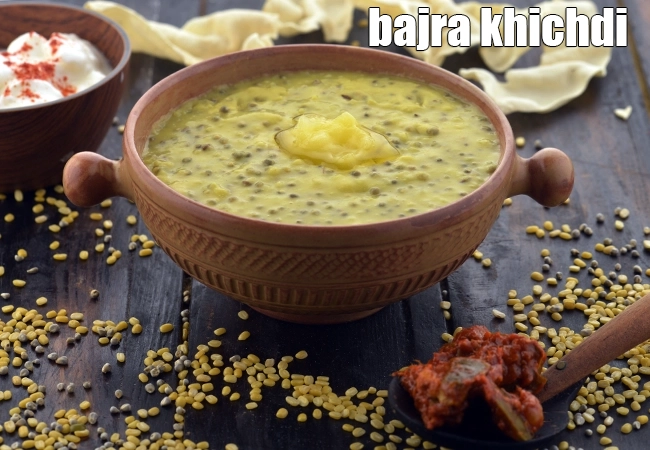
moong dal khichdi | Gujarati moong dal khichdi | how to make yellow moong dal khichdi is very popular as a comfort food. It is sure to soothe you and make you feel better when you are off colour, especially if you are down with a fever or stomach ache!
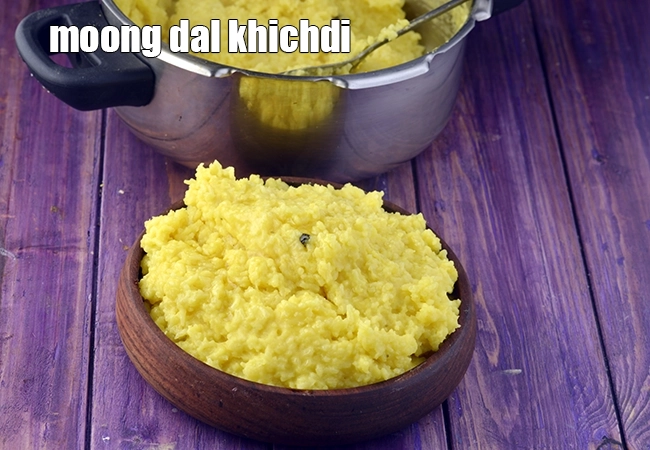
4. Dosas and idlis are also fabulously made with yellow moong dal. One very unusual dosa recipe is Poha Yellow Moong Dal Dhokla, which is flavored beautifully with yellow moong.
5. Moong dal can be used as stuffing for parathas, whether stand alone or with different vegetables like cabbage.
6. The most famous way to use this dal is to make sweets like halwa and sheera, mixed with jaggery and sugar, which is eaten during lots of festivals and occasions.
7. Kachoris and Vadas are made with yellow moong dal as well. It makes a delicious filling and gives a great texture.
moong dal methi sabzi recipe | healthy methi leaves with moong dal | methi moong dal ki sabzi
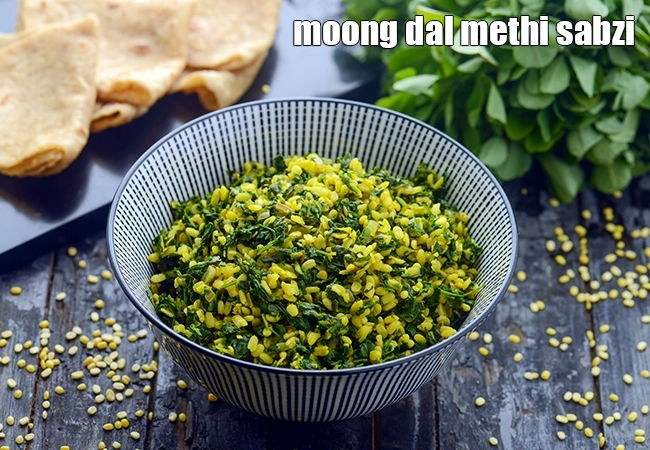
How to store Yellow Moong Dal
• Store yellow gram in an airtight container in a cool and dry place.
Health Benefits Yellow Moong Dal
1. Yellow moong dal good for diabetics
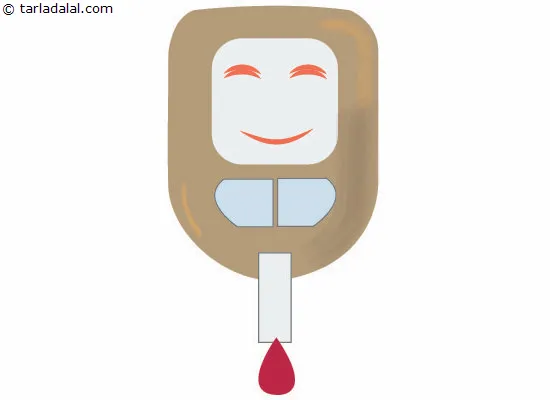
Yellow moong dal is highly beneficial for diabetics due to its low glycemic index (GI) and rich fiber content. With a GI typically ranging between 29 and 38, it causes a slow and steady release of glucose into the bloodstream, preventing rapid blood sugar spikes that are problematic for those managing diabetes. The significant amount of dietary fiber, especially soluble fiber, further aids in blood sugar control by slowing down carbohydrate digestion and absorption, promoting better insulin sensitivity, and contributing to overall glycemic management.
Recipe Suggestions for Building Protein Stores: Poha Yellow Moong Dal Dosa, Mixed Dal Chila.
poha yellow moong dal dosa recipe | how to make moong dal dosa | instant moong dal dosa| no fermenting moong dal dosa
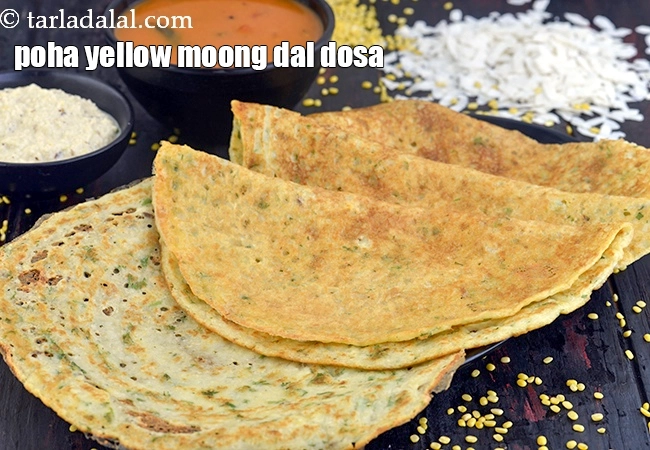
2. Yellow Moong Dal benefits the Heart:

Yellow Moong Dal is highly beneficial for heart health due to its combination of soluble fiber, potassium, and magnesium. The soluble fiber plays a crucial role in lowering LDL ("bad") cholesterol levels by binding to cholesterol in the digestive tract and facilitating its excretion, thus preventing plaque buildup in arteries. Furthermore, the potassium and magnesium content helps in regulating blood pressure, with potassium balancing sodium levels and magnesium aiding in the relaxation of blood vessels. These combined actions contribute to improved cardiovascular wellness and a reduced risk of hypertension and heart disease.
The fiber (4.1 g in ¼ cup) present in yellow moong dal prevents the deposition of bad cholesterol (LDL) in the arteries which promotes a healthy heart in turn. A well maintained cholesterol profile will help you prevent complications like stroke. Additionally, it isn’t a good source of fat at all. So you need not worry about that nutrient too.
See detailed benefits of yellow moong dal.
Nutrition Facts of Yellow Moong Dal
¼ Cup of raw Yellow Moong Dal is about 50 grams
RDA stands for Recommended Daily Allowance.
Energy - 174 calories
Protein – 12.2 g
Carbohydrate – 29.5 g
Fat – 0.6 g
Fiber – 4.1 g
Vitamins:
0.24 mg of vitamin B1 (Thiamine) = 15% of RDA (about 1.2 to 1.6 mg for men)
0.11 mg of vitamin B2 (Riboflavin) = 5.78% of RDA (about 1.4 to 1.9 mg for men)
1.2 mg of Vitamin B3 (Niacin) = 5.7% of RDA (about 16 to 21 mg for men)
70 mcg of vitamin B9 (Folate) = 70% of RDA (about 100 mcg)
Minerals:
37.5 mg of Calcium = 3.75% of RDA (about 1000 mg)
1.95 mg of Iron = 9.75% of RDA (20 mg for women)
55.5 mg of Magnesium = 15.85% of RDA (about 350 mg)
575 mg of Potassium = 12.2% of RDA (about 4700 g)
1.4 mg of zinc = 11.6% of RDA (10 to 12 mg)
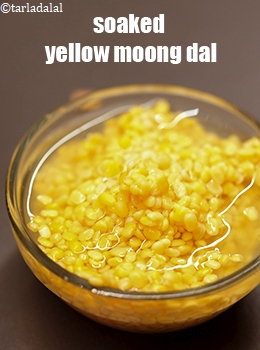
soaked yellow moong dal
Wash the moong dal after removing any debris like stones or pebbles. Then, soak it in water for about 3-4 hours. The soaked dal is used to make a south Indian salad called kosmalli. It can also be added to various curries and pulaos, or ground into a fine or coarse paste as per recipe requirement.

Related Recipes
Moong Dal Khichdi, Gujarati Recipe
More recipes with this ingredient...
yellow moong dal (168 recipes), soaked yellow moong dal (2 recipes)

Related Glossary
Follow US
Recipe Categories
- Vitamin B12 Cobalamin Rich Recipes 33 recipes
- Low Calorie, Weight Loss Indian Recipes 421 recipes
- Low Cholesterol Indian Recipes 308 recipes
- Healthy Indian Breakfast 372 recipes
- Indian Diabetic recipes 558 recipes
- Indian Pregnancy recipes 461 recipes
- Zero Oil Indian Recipes 133 recipes
- Iron Rich Indian recipes 267 recipes
- Healthy Indian Acidity recipes 133 recipes
- Healthy Sabzis 108 recipes
- Indian Healthy Veg Snack 276 recipes
- Healthy Heart Recipes 415 recipes
- Healthy Veg Indian Soups 74 recipes
- Calcium Rich Indian Recipes 372 recipes
- High Blood Pressure Indian Recipes 101 recipes
- Healthy Indian Salads Recipes 137 recipes
- Low Carb Indian Diet, recipes 162 recipes
- Hypothyroidism Diet 62 recipes
- Arthritis Diet 68 recipes
- High Protein Indian recipes 93 recipes
- Vitamin K Diet 42 recipes
- Fatty Liver Diet 38 recipes
- PCOS 136 recipes
- Gluten Free Veg Indian 196 recipes
- High Fiber 328 recipes
- Indian Cancer Patients 275 recipes
- Jaundice Diet 45 recipes
- Sprouts 61 recipes
- Typhoid 43 recipes
- Irritable Bowel Syndrome (IBS) 23 recipes
- Kidney Stone Diet 9 recipes
- Home Remedies 213 recipes
- Senior Citizen 195 recipes
- Healthy Indian Drinks and Juices 213 recipes
- Diet for Dialysis 10 recipes
- Gout Indian Recipes 17 recipes
- Potassium Rich 80 recipes
- Vegan 195 recipes
- Indian recipes to treat Vomiting 8 recipes
- Forever Young Diet, Anti Aging Indian Diet 255 recipes
- Antioxidant Rich Indian 445 recipes
- Vitamin B1 Rich Indian Foods, Recipes 101 recipes
- High in Omega 3 Fatty Acids 32 recipes
- Zinc Rich Foods 55 recipes
- Vitamin A Rich, Beta Carotene, Retinol 89 recipes
- Malaria Diet 19 recipes
- Magnesium Rich 94 recipes
- Healthy Indian Dinner 85 recipes
- Vitamin C Rich Indian recipes 118 recipes
- Low Veg Glycemic Index 86 recipes
- Lower Blood Pressure Salads 8 recipes
- Healthy Indian Lunch Recipes 29 recipes
- Lactation 25 recipes
- Vitamin E Rich 51 recipes
- Hyperthyroidism Diet 47 recipes
- Vitamin B3, Niacin Rich 41 recipes
- Post Surgery Diet 42 recipes
- Selenium 27 recipes
- Lower Blood Pressure Desserts Sweets 14 recipes
- Phosphorus Rich Indian Recipes, Foods 74 recipes
- Copper 15 recipes
- Foods Rich in Vitamin B2 Riboflavin 22 recipes
- Vitamin B6 Diet 36 recipes
- Vitamin B9 Rich Folate 50 recipes
- B Vitamins 231 recipes
- Marathoners, Endurance Athletes, Triathlete 225 recipes
- Manganese Diet 32 recipes
- Thalassemia 18 recipes
- Detox Water, Fruit Infused Water 42 recipes
- Lactose Free Dairy Free 22 recipes
- Omega 6 Fatty Acids 32 recipes
- Phytonutrients 51 recipes
- Chronic Kidney Disease Indian recipes 11 recipes
- Selenium1 0 recipes
- Quick Snacks / Quick Starters 385 recipes
- Quick Breakfast Indian 131 recipes
- Quick Sabzis 117 recipes
- Quick Rotis / Parathas 46 recipes
- Quick Indian Sweets 139 recipes
- Quick Stir-Fries 51 recipes
- Quick Vegetarian Indian Soups 72 recipes
- Quick Chutneys 67 recipes
- Quick Vegetarian Rice, khichdi Recipes 56 recipes
- Indian snacks under 10 minutes 44 recipes
- Quick Indian Dips, Gravies & Sauces 105 recipes
- Quick Veg Indian Pizza 17 recipes
- Quick Veg Pasta 25 recipes
- Quick Pickles / Aachar 25 recipes
- Quick Dals / quick Kadhis 29 recipes
- Snacks under 5 minutes 33 recipes
- Quick Healthy Recipes 43 recipes
- Quick Pressure Cooker 46 recipes
- Quick Desserts 47 recipes
- Quick 3 Ingredients 63 recipes
- Quick Indian Desserts 20 recipes
- Quick 4 Ingredients 41 recipes
- Quick 5 Ingredients 42 recipes
- Kids Tiffin Box 319 recipes
- Recipes for Toddlers (1-3 Years) 32 recipes
- Sweet Recipes for Kids 456 recipes
- Recipes for Baby (10 to 12 Months) 17 recipes
- Quick Indian recipes for Kids 72 recipes
- Indian Breakfast Recipes for Kids 192 recipes
- Recipes for Weaning (8 to 9 months) 22 recipes
- Healthy Foods for Kids 196 recipes
- Snack Recipes for Kids 619 recipes
- Recipes Kids can make 36 recipes
- Kids After School 794 recipes
- Kids Jar Snacks 66 recipes
- Finger Foods for Babies, Toddlers and Kids 76 recipes
- Kids Weight Gain 43 recipes
- Kids Wraps and Rolls 23 recipes
- Kids Veg Pasta 27 recipes
- Kids Brain Boosting 68 recipes
- Protein rich food for kids 69 recipes
- Recipes for Weaning 15 recipes
- Kids Pizzas 30 recipes
- Babies, Toddler and Kids Iron Rich Foods 31 recipes
- High Fiber Foods for Kids 39 recipes
- Kids Noodles 37 recipes
- Kids High Energy Indian Foods 103 recipes
- Kids Calcium Rich Indian recipes 91 recipes
- Babies recipes, 6 to 18 months 34 recipes
- Kids Recipes for Increasing Immunity 10 recipes
- Kids Weight Loss 58 recipes
- Teething Recipes for Babies 10 recipes
- Cereals and Pulses for 8 to 9 months Baby 8 recipes
- Weaning foods at 7 months 12 recipes
- Indian Teen 315 recipes
- Starters / Snacks 2138 recipes
- Indian Breakfast Recipes 819 recipes
- Main Course Recipes 925 recipes
- Indian Salads 385 recipes
- Indian Desserts , Sweets 985 recipes
- Indian Soups 249 recipes
- Indian Beverages, Indian Drinks 483 recipes
- Indian Dinner 903 recipes
- Indian Dinner1 0 recipes
- Indian Lunch 830 recipes
- Side Dishes 449 recipes
- Indian Travel Food 433 recipes
- Indian Barbeque1 recipes 22 recipes
- Frozen Foods, Indian Freezer Recipes 67 recipes
- Whole Wheat Recipes 56 recipes
- Indian Comfort Foods 212 recipes
- Dinner Menus 56 recipes
- Easy Indian Veg 70 recipes
- Innovative Indian Recipes 27 recipes
- No Cook Indian 37 recipes
- Advanced Recipes 10 recipes
- Cakes with Eggs 13 recipes
- Microwave 229 recipes
- Oven 619 recipes
- Indian Steamer Recipes 102 recipes
- Kadai Veg 407 recipes
- Indian Barbeque Recipes 43 recipes
- Sizzler tray 15 recipes
- Mixer 566 recipes
- Pressure Cooker 315 recipes
- Tava 646 recipes
- Non-stick Pan 1393 recipes
- Indian Freezer recipes, meals 57 recipes
- Appe Mould 18 recipes
- Pan 223 recipes
- Non Stick Kadai Veg 203 recipes
- kadai Indian 150 recipes
- Refrigerator 176 recipes
- Waffle Indian recipes 6 recipes
- Handi 12 recipes
- Juicer and Hopper 65 recipes
- Grill 31 recipes
- Toaster 21 recipes
- Gas Toaster 8 recipes
- Steam 72 recipes
- No Cooking Veg Indian 335 recipes
- Vegetarian baked Indian recipes 380 recipes
- Boiled Indian recipes 129 recipes
- Deep Fry 260 recipes
- Indian Tawa 266 recipes
- Shallow Fry Indian 25 recipes
- Microwave1 172 recipes
- Saute 273 recipes
- Indian Pressure Cooker 171 recipes
- Stir-fry 100 recipes
- Roasting 0 recipes


